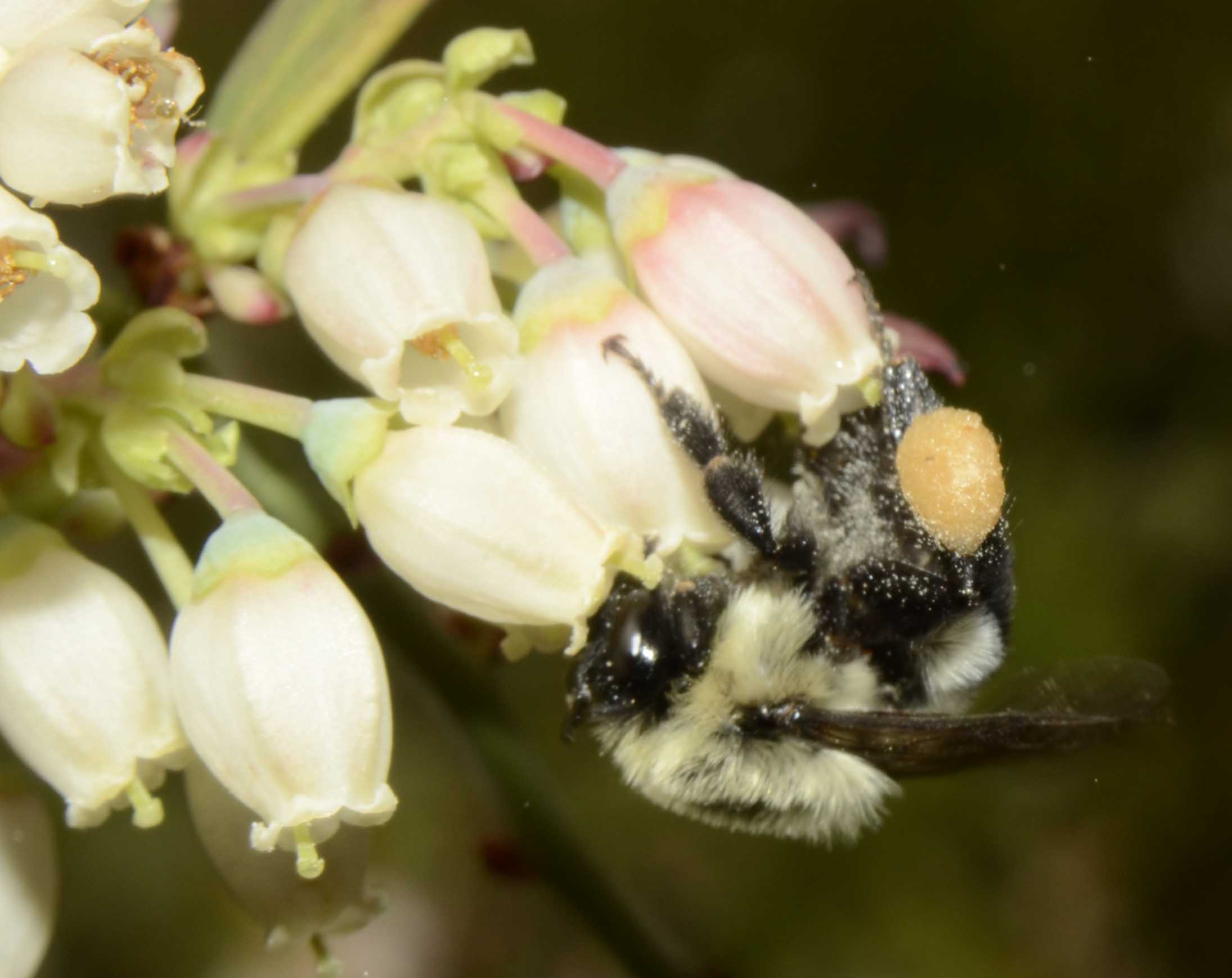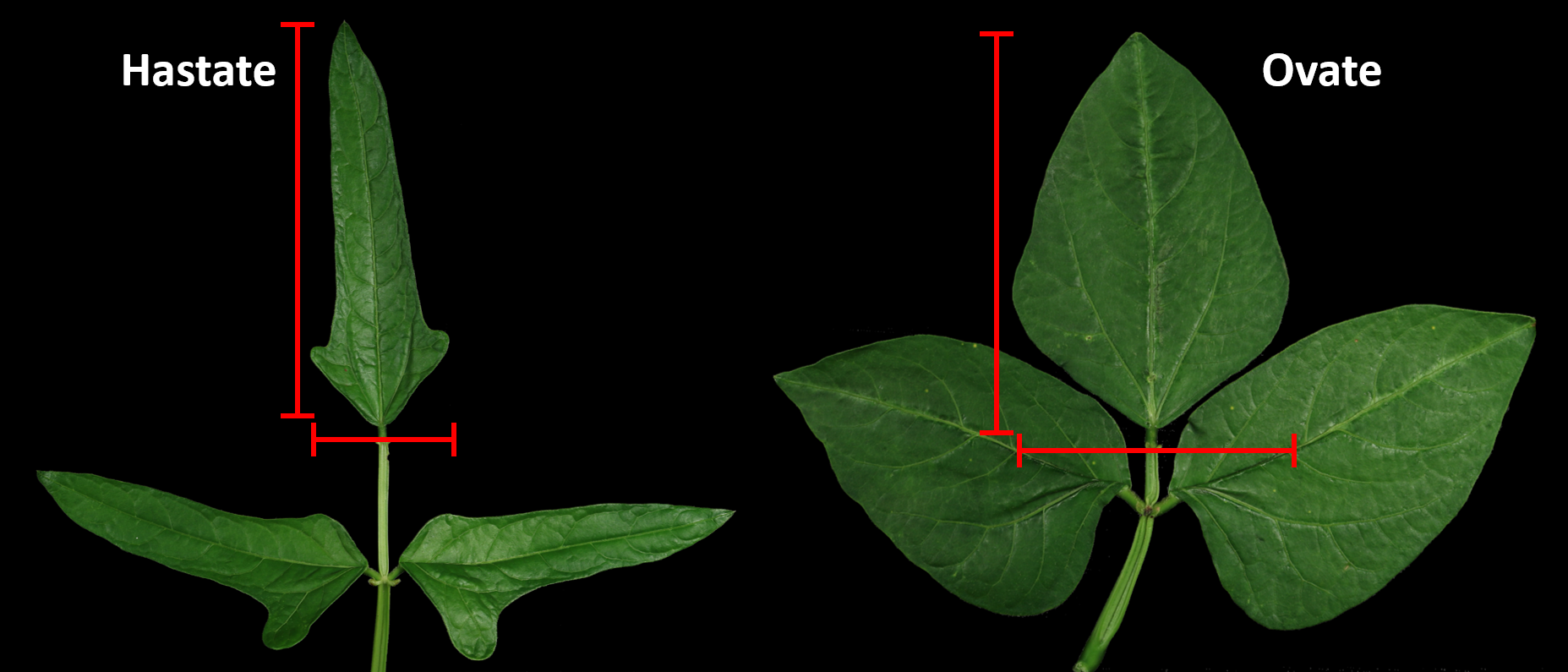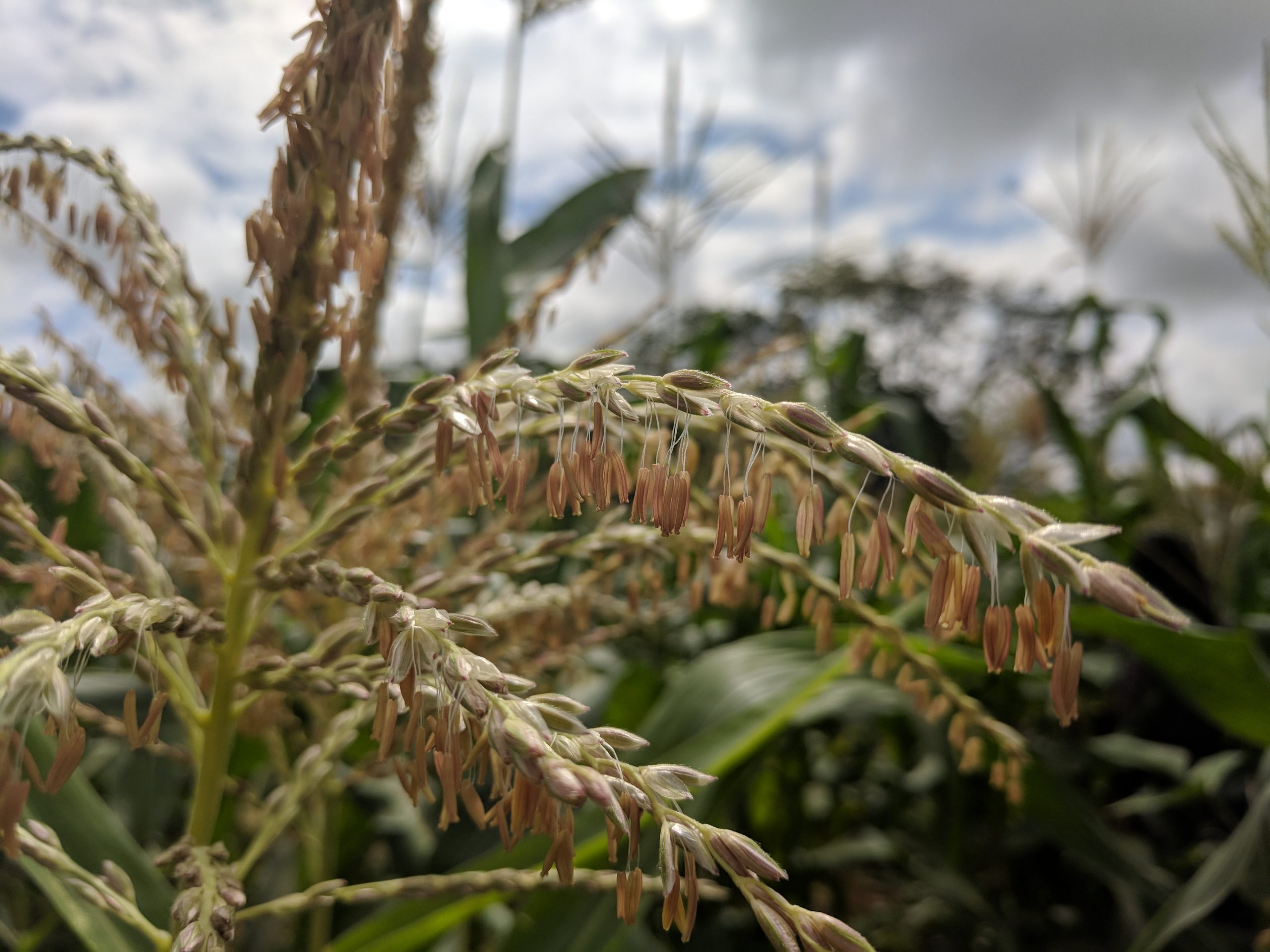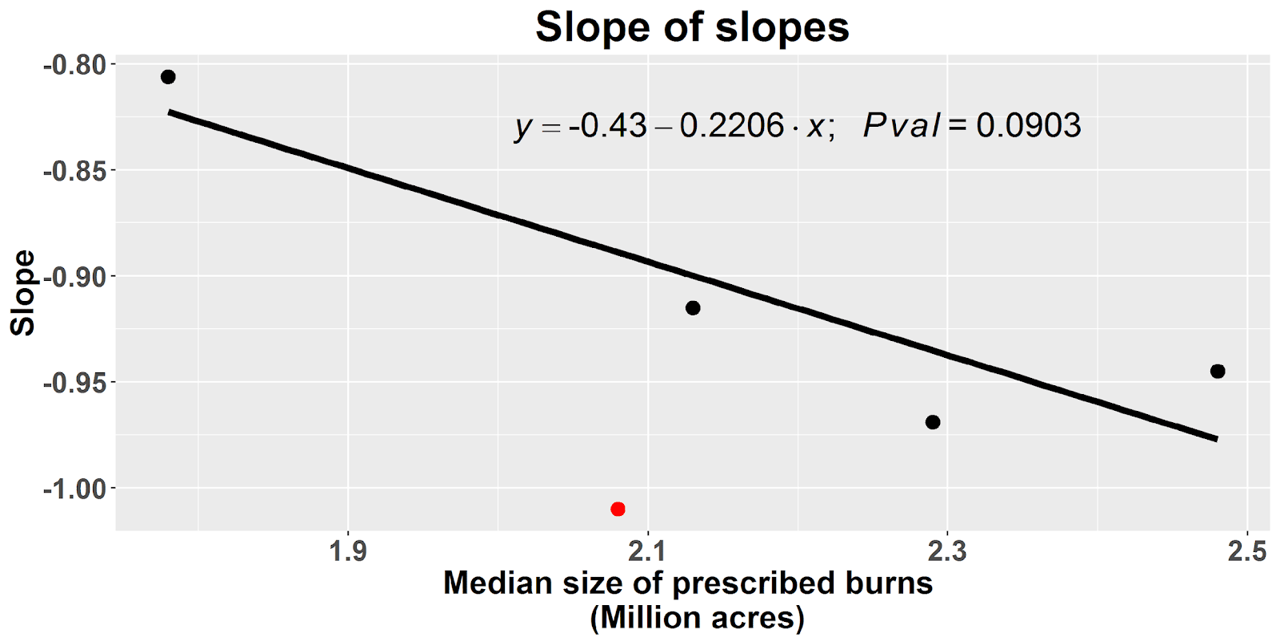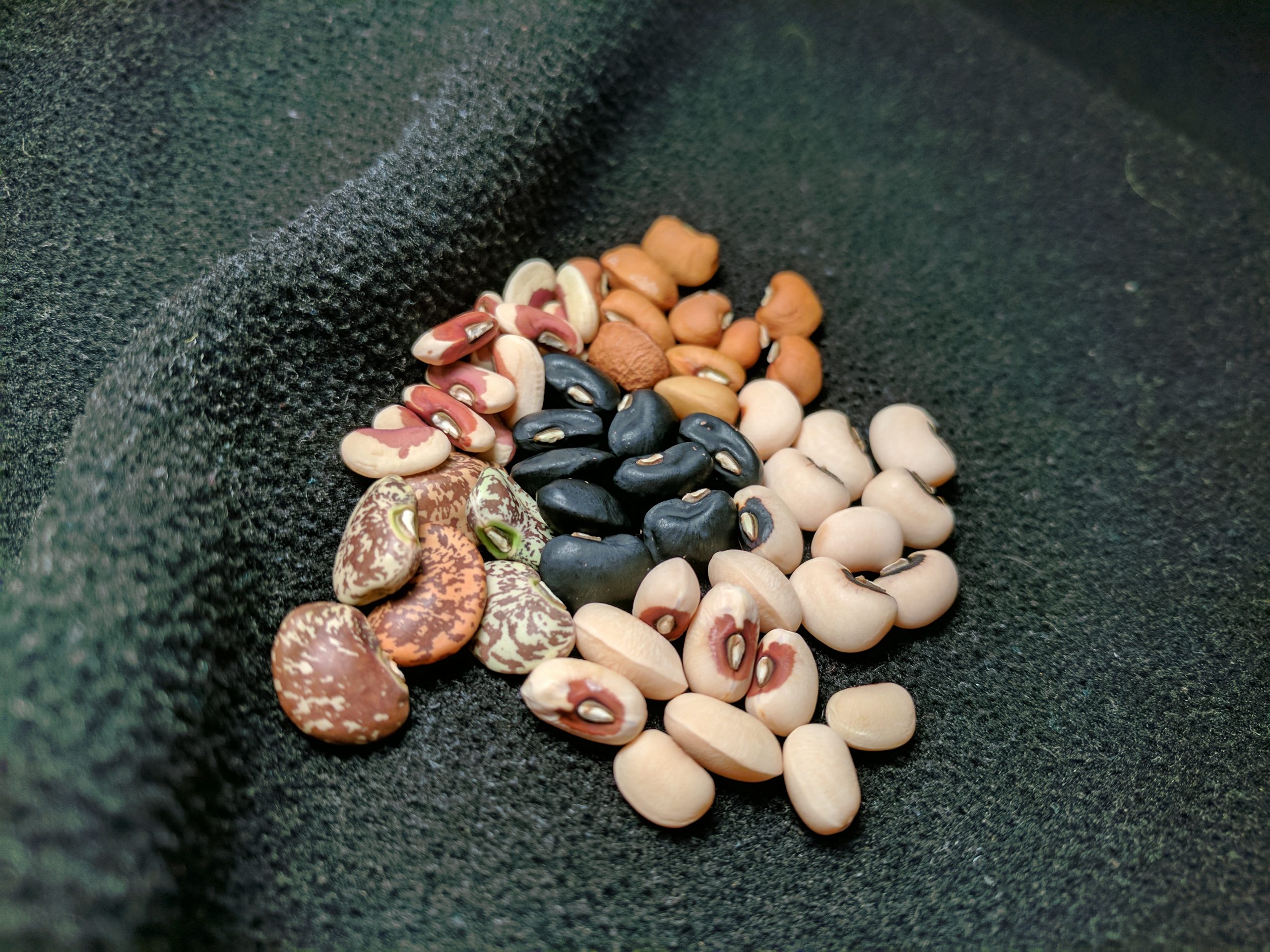Blueberry Genetics
Blueberry (Vaccinium spp.) is one of the most important fruit crops and is native to North America. Wild blueberry was an important resource for Native Americans pre-Contact, but it was only domesticated in the early twentieth century by Frederick Coville and Elizabeth White. Since then, blueberry has grown to be of great economic importance. However, genetic resources for blueberry have lagged behind other crops. By studying interspecific populations, I am working to identify genes that can be used in breeding programs.
